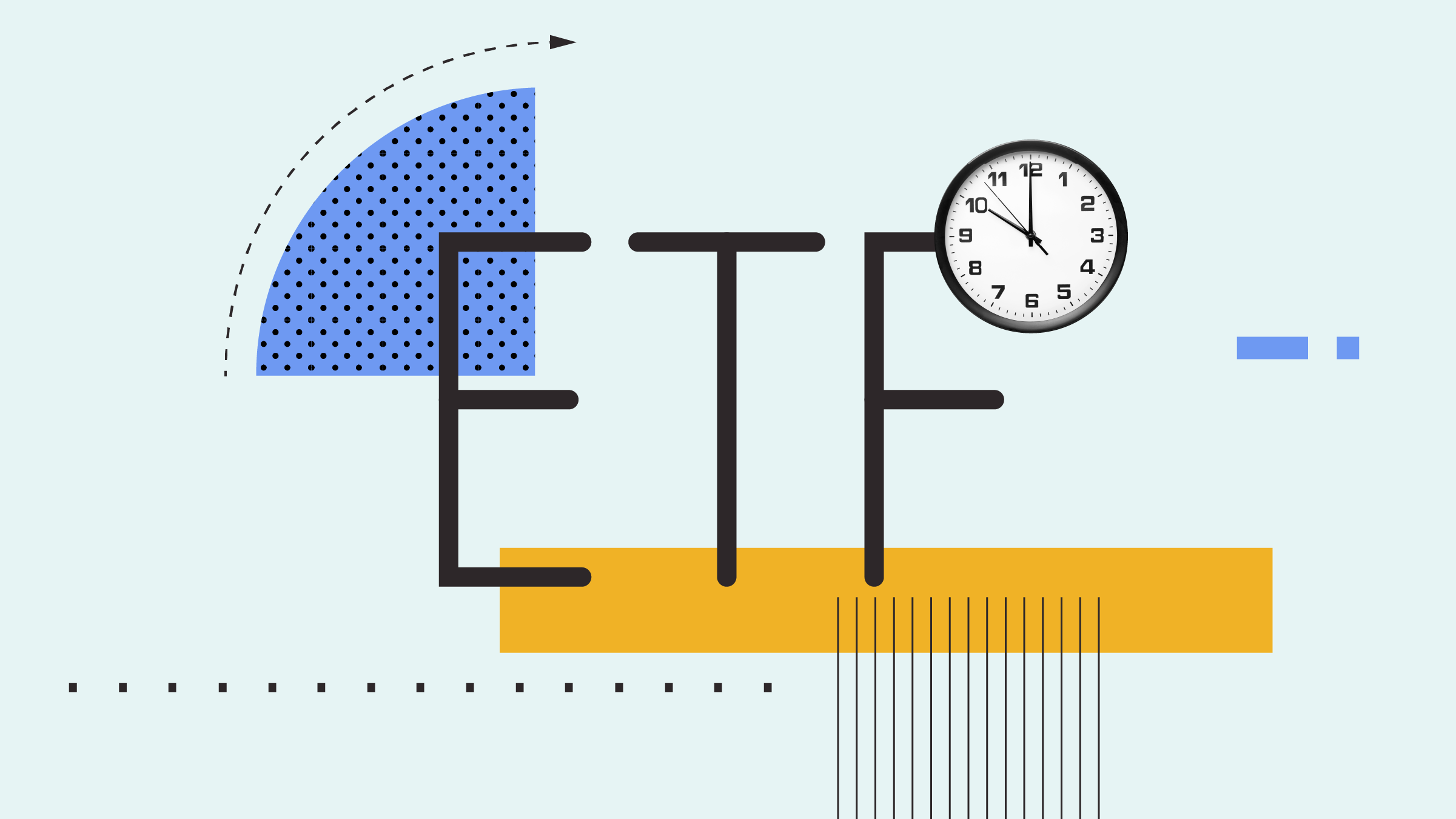Jeremy Glaser: For Morningstar, I'm Jeremy Glaser. What are some of the key factors that retirees should consider if they're thinking about dividend-paying stocks? I'm here with Josh Peters, the editor of our DividendInvestor newsletter and also the director of equity-income strategy at Morningstar for his thoughts.
Josh, thanks for joining to me.
Josh Peters: Good to be here, Jeremy.
Glaser: First off, why should retirees potentially consider dividend-paying stocks as part of their portfolios?
Peters: Your typical retiree is going to be looking for income one way or another, and the most direct way you do that is by funding a portfolio withdrawal. You're going to take out probably some fixed dollar amount over the course of each year, and with inflation you would expect to take out a little bit more year after year. There are a lot of different ways of trying to meet that withdrawal, and a lot of investors and their advisors are totally agnostic toward dividends--some are even hostile toward dividends--because total return is the bottom line. And that's not just income; it's capital appreciation or capital losses combined over time. That's really what you need.
But income does play a very special role in being able to fund portfolio withdrawals during retirement without being forced to sell shares. The last time in the market cycle that you want to be a forced seller to meet your living expenses is right at the bottom. But if you're able to pick stocks whose dividends aren't being cut at the bottom of a recession or a bear market, then the stock may be down but the yield automatically has gone up on a spot basis to compensate; you've got dividend income to help you fund that withdrawal.
In addition to that, dividend-paying stocks--high-yield stocks--have had a long history of outperforming broad market indexes and companies with no dividends. They also tend to be more defensive in nature. They're easier to own in more volatile markets. But just the practical value of the income as part of the total return stream is really valuable for retirees as well as people who are still in the accumulation mode.
Glaser: What's the best way to evaluate a stock for its dividend-paying potential? Are you just looking for the highest yield today? Is it all about growth? How do you balance that?
Peters: No, no, no. No, the very highest-yielding stocks are usually thought of as being value traps, and that conventional wisdom is usually right. What I want to do as an investor, as an active manager, looking at individual stocks is ... here's a very simple framework for it: What are the highest yields that I can get from my portfolio where the dividend won't be cut, the dividend can still grow over time at least as fast as inflation, and what can I pay in terms of a reasonable price? Because even a stock with a big dividend yield can be overvalued at times. And then you add in diversification. You might find all the highest dividend yields are, say, REITs, but you don't want a portfolio consisting only of REITs.
I wind up, in my strategy, with dividend yields that are usually in the 3%-5% range, which is double the market average, providing a lot more income than the S&P. I don't need to go over how low interest rates are still at this point, so I think that's an attractive prospect from an income perspective.
But you've got to have balance. You're looking to optimize on several fronts, as opposed to just maximizing your income or, for that matter, maximizing your dividend growth. The fastest-growing dividends also tend to be the lowest yielding. So you want that mix in the middle, combined with a good business that honestly you would want to own and be a part of, even if it didn't pay a dividend at all. No dividend alone turns a rotten company into a good investment.
Glaser: How do you think about downside protection in a dividend portfolio? Maybe they're less volatile than the broader market, but they are still equities. How does that play into your decision-making?
Peters: That is really about time horizon. At the beginning, you've got to be very careful what stocks you pick. You don't want to pick just whatever happens to be most popular. You don't want to just grab the highest yielders or whatever looks the cheapest. There's a lot of value-trap risk out there in dividend land, so you have to be very careful about what you pick.
But as you said, they're stocks. They are "unfixed" income, which has some wonderful benefits in that you can get capital appreciation and growth of income over time, but there's no guaranteed return of principal and certainly no guarantee even that you'll get a dividend at all. So you have to be willing to choose carefully and then own them over the course of not even just one market cycle, but many cycles.
I tend to think of five years as my absolute minimum time frame, because they're going to be volatile, and if I'm going to get shaken loose, then I'm just going to lose money. But, if instead, I can make a long-term commitment to the strategy, to sticking with it ... Yes, some companies will go bad on you, and you'll need to sell them. There will be occasional upside surprises that maybe it will make sense to cash out of. But you've got to stick with it over an extended period of time. That's how you manage to get the income and benefit from the income without being shaken by the volatility that should be less for these higher-quality, more-defensive companies that pay the big dividends. But certainly they're not risk-free.
Glaser: They're not a substitute for bonds?
Peters: No. I like to think of high-yield stocks as combining the best of both the stock world and the bond world. You get very competitive rates of income from a high-yield equity strategy compared to what you get in fixed income these days, but you also get the growth and the long-term capital appreciation potential. In some ways, they're almost like their own thing, their own style, but whenever push comes to shove, they're going to act more like whatever you wouldn't want to. In a rising market, a really big-rallying market, they're going to lag behind just like bond returns are going to lag behind. In a really bad equity market, the stock market falls apart, then bonds are probably going to outperform dividend-paying stocks. But again, time horizon and careful stock selection and sticking with that strategy from cycle to cycle to cycle is what helps you combat those. And you wind up, perhaps, with a portfolio that rarely outperforms in any one year, but like ours, has cumulatively outperformed by a nice margin over our 11-year run, 11 and counting.
Glaser: Josh, thank you for your thoughts today.
Peters: Thank you, too, Jeremy.
Glaser: For Morningstar, I'm Jeremy Glaser. Thanks for watching.



















